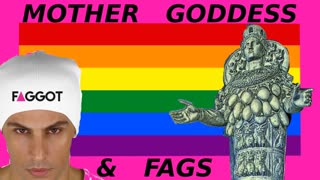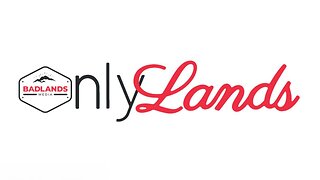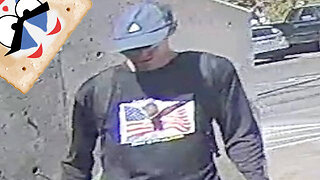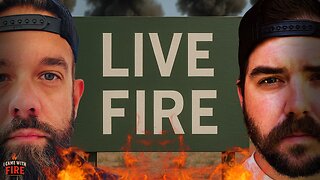Premium Only Content
![The Esoteric Roots Of Tarot And Its Connection To Jungian Archetypes [AGRIPPAS DIARY]](https://1a-1791.com/video/fww1/d0/s8/1/-/b/5/5/-b55y.qR4e-small-The-Esoteric-Roots-Of-Tarot.jpg)
The Esoteric Roots Of Tarot And Its Connection To Jungian Archetypes [AGRIPPAS DIARY]
🎓Sources: **Get the Book Online**:
"The Pictorial Key to the Tarot" by Arthur Edward Waite - This classic book by A.E. Waite, co-creator of the Rider-Waite Tarot deck, provides detailed descriptions of the Tarot cards and their symbolic meanings, with a focus on the Rider-Waite deck's imagery. https://amzn.to/41dRent #affiliatelink
"Jung and Tarot: An Archetypal Journey" by Sallie Nichols - Nichols explores the Tarot through the lens of Carl Jung's psychological theories, particularly focusing on the archetypes and symbolic imagery found in the Tarot.
"Seventy-Eight Degrees of Wisdom" by Rachel Pollack - This book is often considered a modern classic in Tarot literature. It explores the cards' symbolism and historical context, along with their relevance in psychological and esoteric studies.
"The Tarot: History, Symbolism, and Divination" by Robert M. Place - Place provides a comprehensive overview of the Tarot's development and its symbolic language, delving into both the historical origins and the esoteric interpretations of the cards.
"The Way of Tarot: The Spiritual Teacher in the Cards" by Alejandro Jodorowsky and Marianne Costa - Jodorowsky, a filmmaker and Tarot expert, offers a deep dive into the meanings of the Tarot cards based on his own reflections and extensive research.
"Tarot and the Archetypal Journey: The Jungian Path from Darkness to Light" by Sallie Nichols - This book provides a Jungian interpretation of the Tarot, highlighting its potential as a tool for personal insight and psychological growth.
"Tarot Symbolism" by Robert V. O'Neill - O'Neill's research delves into the symbolism of the Tarot cards, considering their origins and the various philosophical and religious systems that influence their interpretation.
"Mystical Origins of the Tarot: From Ancient Roots to Modern Usage" by Paul Huson - Huson examines..
Tarot is a set of illustrated cards used primarily for divination, but its esoteric origins link it to a deeper, mystical exploration of human consciousness.
Occult groups like the Hermetic Order of the Golden Dawn in the 19th century further codified Tarot's imagery into a complex system of esoteric symbolism, aligning it with qabalistic, astrological, and alchemical traditions.
This symbolic system resonates closely with the Jungian concept of archetypes—universal, primordial symbols residing within the collective unconscious.
Carl Jung, the Swiss psychiatrist, recognized that Tarot cards embody these archetypes, such as the Hero, Shadow, and Anima, making them tools for introspection and understanding the deeper patterns of the psyche.
Thus, Tarot serves as both a mystical and psychological tool, offering insights into the human condition and the universal narratives that shape our world.
-
 39:33
39:33
:Eternally Oriented:
15 days agoThe False Mother Goddess and her FAGG**S
195 -
 2:12:43
2:12:43
TimcastIRL
2 hours agoErika Kirk Addresses Public After Charlie Kirk Assassination, Live Coverage | Timcast IRL
121K175 -
 30:59
30:59
The Charlie Kirk Show
2 hours agoCharlie Kirk's beloved wife, Mrs. Erika Kirk addresses the Nation.
450K1.11K -
 LIVE
LIVE
Man in America
10 hours agoLIVE: Assassin Arrested? Civil War? Are We Being Played?? | LET'S TALK
2,539 watching -
 LIVE
LIVE
Badlands Media
7 hours agoOnlyLands Ep. 24
2,642 watching -
 2:27:53
2:27:53
TheSaltyCracker
3 hours agoGot Him ReeEEStream 9-12-25
206K176 -
 52:11
52:11
Sarah Westall
4 hours agoBread and Circus Keeps you Financially Ignorant – Its Better for the Elites w/ Chris Russo
25.9K1 -
 LIVE
LIVE
I_Came_With_Fire_Podcast
11 hours agoFriday Night Live Fire
222 watching -
 LIVE
LIVE
Flyover Conservatives
13 hours agoFrom Demonic Deception to Divine Direction: Sid Roth’s Radical Encounter With God | FOC Show
591 watching -
 LIVE
LIVE
Chrissie Mayr
1 hour agoChrissie Mayr Reactions to Charlie Kirk, Liberal Celebrations, and More
270 watching